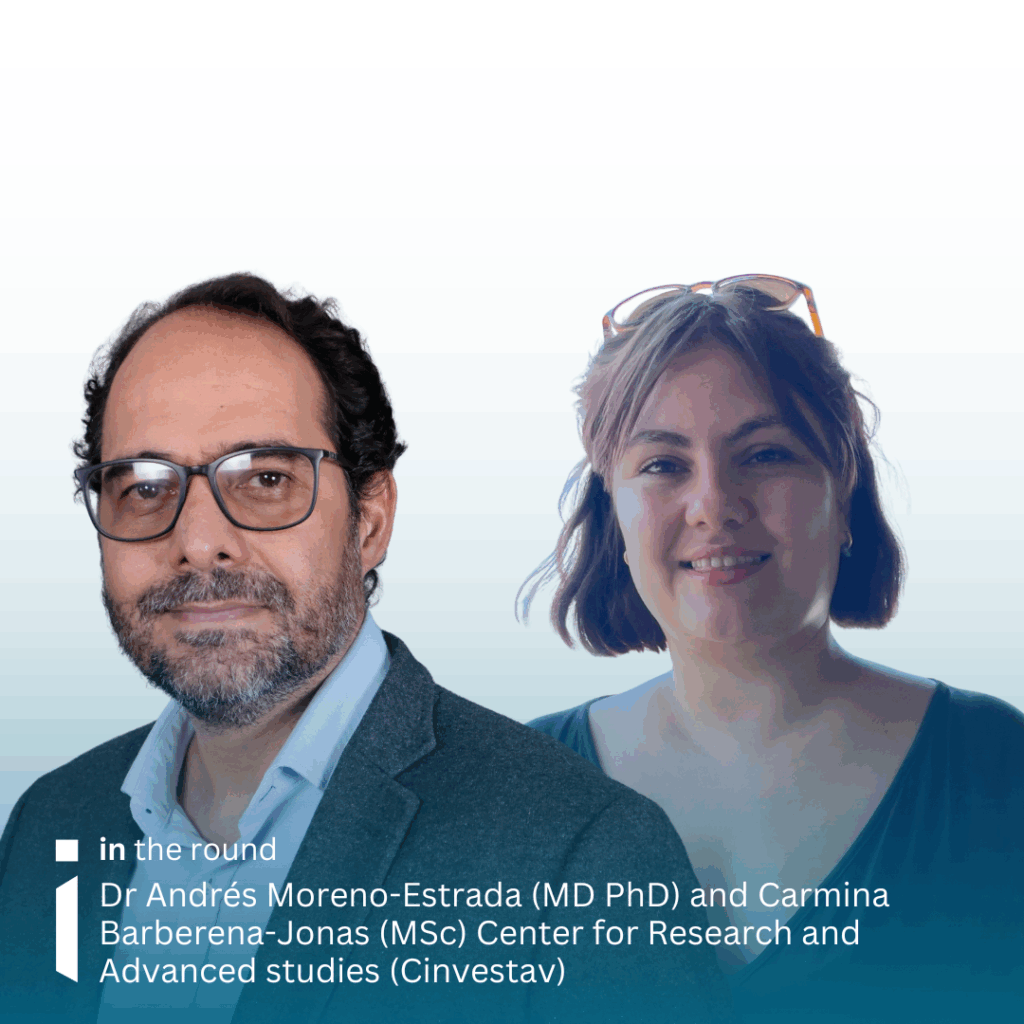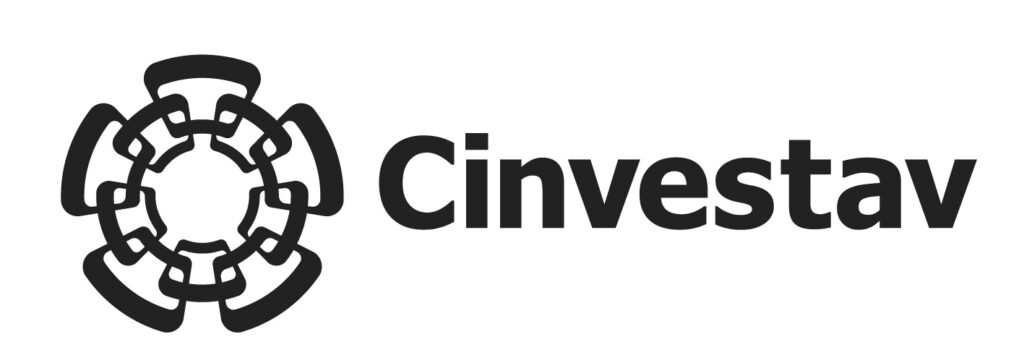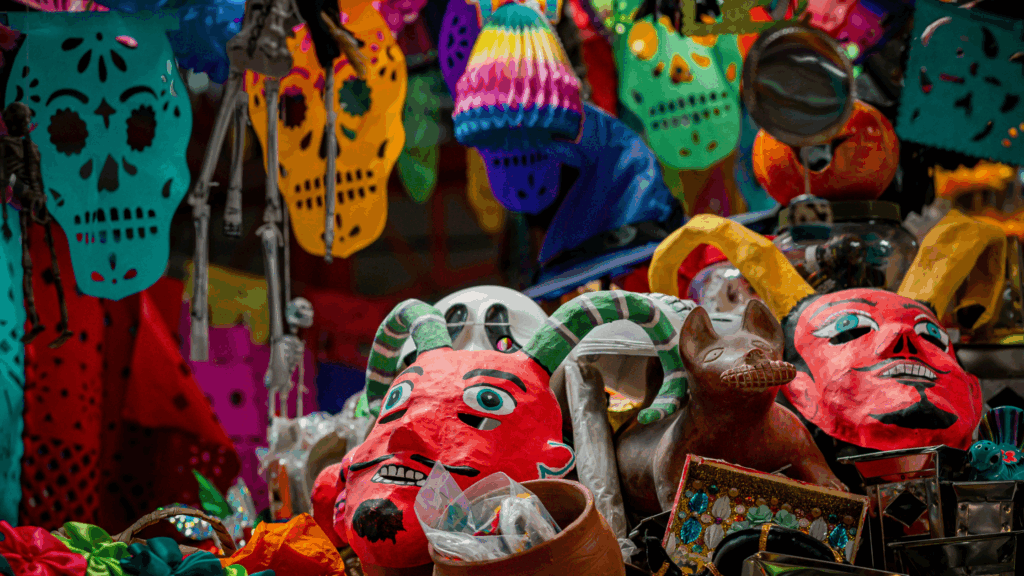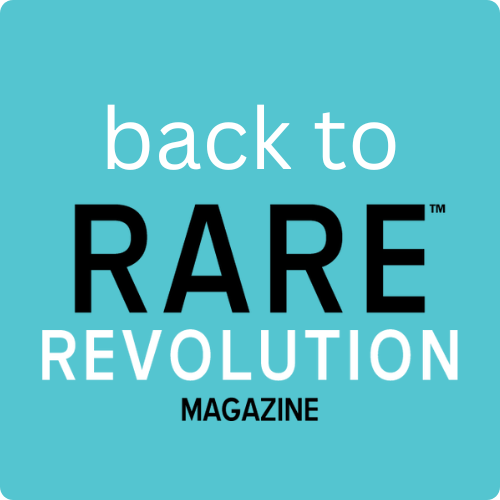MexVar: Helping to increase the scientific independence of Mexico
Interview by Emma Bishop, RARE Revolution, with Dr Andrés Moreno-Estrada (MD PhD) and Carmina Barberena-Jonas (MSc) from the Center for Research and Advanced studies (Cinvestav)
Estimated reading time: 8 minutes


Dr Andrés Moreno-Estrada (MD PhD) and Carmina Barberena-Jonas (MSc) from the Center for Research and Advanced studies (Cinvestav) discuss their groundbreaking new research platform and study that focuses on specific risk variants. MexVar has been built from scratch in Mexico and early findings from their preliminary research could lead to changes in how drug treatments are prescribed
Genetic admixture
“Our platform is based on data from the Mexican Biobank (MXB) and it’s the largest biobank by national geography,” Carmina explains, who came up with the idea for MexVar. “It covers all the 32 states of Mexico and it gives us a really good picture of the entire Mexican population.
“We had in mind that we wanted the tool to be easily accessible for the general scientific community in Mexico, and in general in developing countries, where there is no capacity built into resources. We wanted to bridge the gap between all the data and scientists being able to access this information.”
Within MexVar, users can explore the frequency of curated data sets of variants, she adds.
“We have explored clinically-relevant variants from different databases and catalogues to calculate the allele frequency both in Mexico and within each state.”
Looking at local ancestry along each chromosomal segment of the genome has been a major component of understanding variant risk in the different communities within Mexico.
“Risk factors associated with certain ethnic backgrounds are used in other countries but those predictors just do not work in Mexico or in Latin America as we have a lot of genetic admixture,” Andrés explains.
“People in Mexico have a mosaic of variants as their chromosomal differences come from a range of ancestors. For example, some will be from Africa, while others will be from Europe or indigenous ancestors or even Asia.
“You cannot predict by a single label what the genetic risk of an individual is and that’s why it’s so complicated to build predictive models in admixed populations such as Mexico,” he adds.
“Tools like this are needed to try to pinpoint the specific risk of that individual, given their ancestral background at the specific piece of DNA where that variant is sitting. MexVar takes all this into account to determine where in the population is a higher frequency of these variants.”

Bridging the research gap
Within MexVar, users can search for a particular variant using its allele ID and this will prompt the display of a regional map to determine the locations of variant frequencies.
“Having regional maps of variation is vitally important to avoid importing findings from Europe into genetic risk prediction science,” Andrés advises.
“If you have a variant that is known to predispose to a particular disease, and it has a given frequency in Europe, that same variant can change in frequency very dramatically in Mexico given the complex history of the Latin American region.”
One of the reasons for the change in variant frequency in the region is due to it potentially being amplified through founder effects.
Added to this, there is a worrying data gap that MexVar hopes to bridge as there are indigenous variants that are unlikely to be studied in Europe due to them not being present there.
“These indigenous variants will never be in databases unless we do our own studies to look for associations in that pool and then start to put this research into the database,” Andrés explains.
“It’s why these maps are critical so each country has a landscape of variation that can be used by clinicians to really inform their decision-making in terms of risk screening, genetic testing, drug treatments and pharmacogenetics. Right now, we are just prescribing blindly.”
This could help to identify areas with higher disease risk, enabling treatment to be prioritised in these locations.
“If we had this map available during the Covid-19 pandemic, for example, vaccination could have been prioritised in the areas with the presence of the higher risk variant who had an increased risk of a more severe version of the disease,” Andrés says. “Those decisions can now be prioritised based on genetic information.”
Drug metabolising differences
The research has uncovered two major findings that have been informed by taking an in-depth look at variant frequencies locally. Their study paper is due to be published in the prestigious medical journal, Nature Medicine, in Autumn 2025.
The first is the discovery of a pharmacogenetic variant that can affect the metabolism rate of fentanyl, an opioid drug that is commonly used as an analgesic.
“Individuals that carry this variant are slow metabolisers so they have the drug in their body for longer,” Carmina explains. “This means they actually need a lower dose of fentanyl.
“When we looked at this variant, we found it was enriched in the southeast part of Mexico. In Chiapas, a state in the south of Mexico, approximately 80% of individuals there have at least one copy of the variant.”
In Mexico, the states in the south have more of an indigenous component and when Carmina looked at local ancestry, she found a specific variant was more present in indigenous segments.
“Fentanyl is having all these problems with abuse in many countries and if a higher dose is given to an individual that doesn’t need it, this could increase the risk of addiction or potential overdose,” she says. “In the south of Mexico, there needs to be campaigns to raise awareness to ensure the starting doses for that drug can be adjusted in those states.”
The second discovery is another pharmacogenetic variant that can affect the metabolism of statins. However, in this case, increasing rather than reducing the dose is required.
“We found this variant is more present in the south part of Mexico,” Carmina explains. “But in particular, when we looked at the indigenous segments, we found it was prevalent in the Mayan region of the Yucatan Peninsula, for example.
“But all the indigenous communities are different. The Mayas and the Nahuas each have different histories and components, yet we found this variant was particularly enriched in both of these communities,” she adds.
Building local capacity
Establishing links with policy makers and healthcare institutions in Mexico is a major hope for the team. This would help to alert decision makers to research that could be particularly important for shaping national strategy in terms of public health as well as advising on findings that could be pertinent to local hospitals, for example.
“It’s really helping to build local capacity and increase the scientific independence of Mexico because there is this whole imbalance of where resources go for genetic research,” Andrés explains. “Resources typically go to the global north countries where research is well established. But, we’re doing it from scratch within the country with all the limitations that this involves. Yet, we’re providing something that could be globally important.”
What’s next for MexVar
The government has had a crucial role in this research as the Mexican Biobank was built on an existing national system that collated data on the health status of the population. Since 2017, Cinvestav has collaborated with the National Institute of Public Health to carry out the genetic characterisation of DNA samples within the biobank.
But government funding is limited so the team are currently looking at introducing future rounds of funding to enable them to continue this important research.
“The first genetic characterisation of 6,000 individuals was done thanks to a grant we received from the Mexican and UK governments,” Andrés explains. “But the whole Mexican Biobank has 40,000 samples in the freezer. There is lots of potential to scale MexVar up to 40,000 individuals and get even finer pictures of the frequency distribution, and other types of data such as whole genome sequencing.”
A key aim with MexVar is in democratising access to the biobank’s key genomic data for free, for everyone, from students to clinicians. The platform has been designed to be user-friendly and it’s a framework that is scalable for future data research.
“We think MexVar can be really impactful as it’s the number one need that we have detected among clinicians and researchers that have a particular gene of interest,” he adds, “and this could be immediately solved just by consulting the database.”
What’s most exciting about the development of MexVar is the prospect of this becoming a catalyst for further research in Mexico and Latin America.
“It’s something we particularly wanted to do locally because the global south needs more research support and we hope MexVar can be a motivational example for that,” Andrés adds.
Connect with Andrés
Connect with Carmina
in the round connects you to your global RARE community. To access more in the round articles click below.

